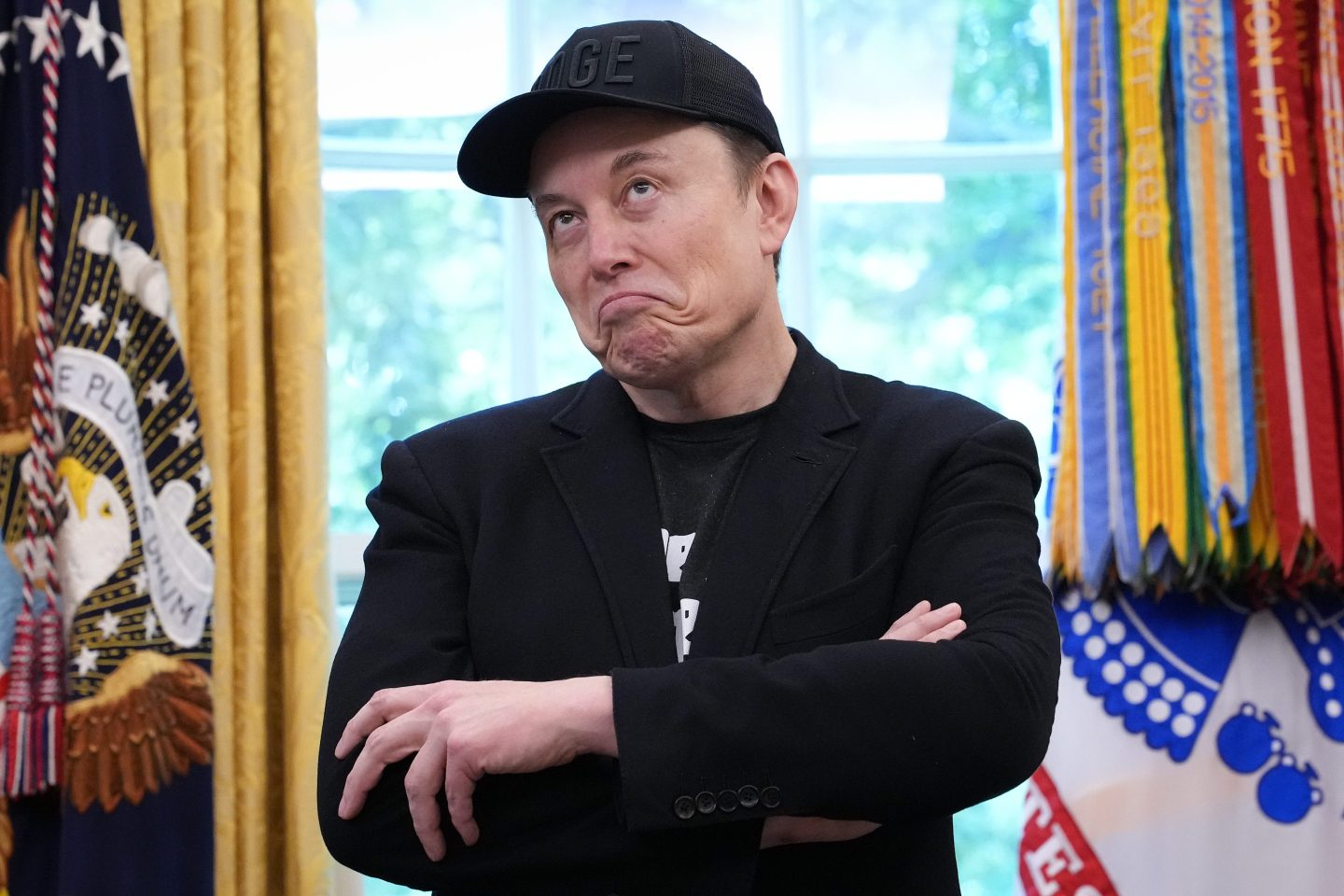Steve Bullock will apply to be the first — and perhaps only — Democrat in the presidential primary who accepts public financing for his campaign, a potentially risky move that could give his struggling fundraising a boost but would also require the Montana governor to abide by a cap on the amount of money he can spend.
Top presidential contenders for years fueled their campaigns using the public financing system, which was established to reduce the influence of big donors in the wake of the Watergate scandal. But that’s waned ever since George W. Bush rejected the assistance in 2000. And the trend has become even more pronounced following a series of court rulings and regulatory changes that allowed even more cash to course through elections.
Bullock, who filed legal challenges to reverse those rulings when he was Montana’s attorney general, says his turn to public financing demonstrates that he is “walking the walk” at a time when rejecting big money in politics has become an animating issue for party activists. He will submit his application to the Federal Election Commission after the close of the third fundraising quarter, which ends Monday.
“As the only candidate for President who is choosing to participate in the public finance process, Governor Bullock is leading with his values and defending our shared belief that our democracy should never be for sale to the highest bidder,” campaign manager Jennifer Ridder says in a memo provided to The Associated Press that outlines his rationale.
Yet Bullock’s decision comes as he has trailed far behind the leading fundraisers in the race. While he is touting it as a demonstration of his commitment to campaign finance reform, he also has little to lose in doing so and would have to see a dramatic increase in fundraising to hit an estimated $60 million spending cap triggered by his acceptance of the money.
The roughly $2 million he raised during the second quarter trails far behind what former Vice President Joe Biden posted ($21.5 million), or the $24.8 million haul South Bend Mayor Pete Buttigieg reported, which led the field.
The public financing program, which is funded by those who check a box on their tax forms opting to donate $3, offers candidates up to a $250 match on all donations they receive. During the 2016 primary, former Maryland Gov. Martin O’Malley received just over $1 million in public financing, while Green Party candidate Jill Stein took in $456,000, records show.
Bullock’s second quarter haul suggests he could be eligible for an addition $1 million or $2 million. His campaign declined to say how much he will report when third quarter totals have to be submitted on Oct. 15.
By opting to use public financing, Bullock would be poised for a significant infusion of cash right before the Iowa caucuses in February, the contest where he has invested the most.
“This is a key part of our strategy to ensure we have the financial resources to be competitive as the early states prepare to vote,” the memo states. “We expect this will add millions of dollars to our organizing and paid media efforts just ahead of the Iowa Caucus, allowing us to amplify our message and one-of-a-kind field program at a crucial juncture in the campaign.”
Still, there are several hurdles to overcome before he can accept the cash.
For starters, his application must be approved by the FEC, which does not currently have enough members to hold a public meeting after the recent resignation of a longtime commissioner. That will require the Senate to confirm at least one nominee to the commission.
More must-read stories from Fortune:
—The 25 most powerful women in politics
—Sanders vs. Warren: How their wealth tax plans differ
—Oprah has advice for the 2020 presidential candidates
—Higher U.S.-international postal rates loom before Christmas
—Can Andrew Yang win in 2020? Inside his unorthodox campaign
Get up to speed on your morning commute with Fortune’s CEO Daily newsletter.










